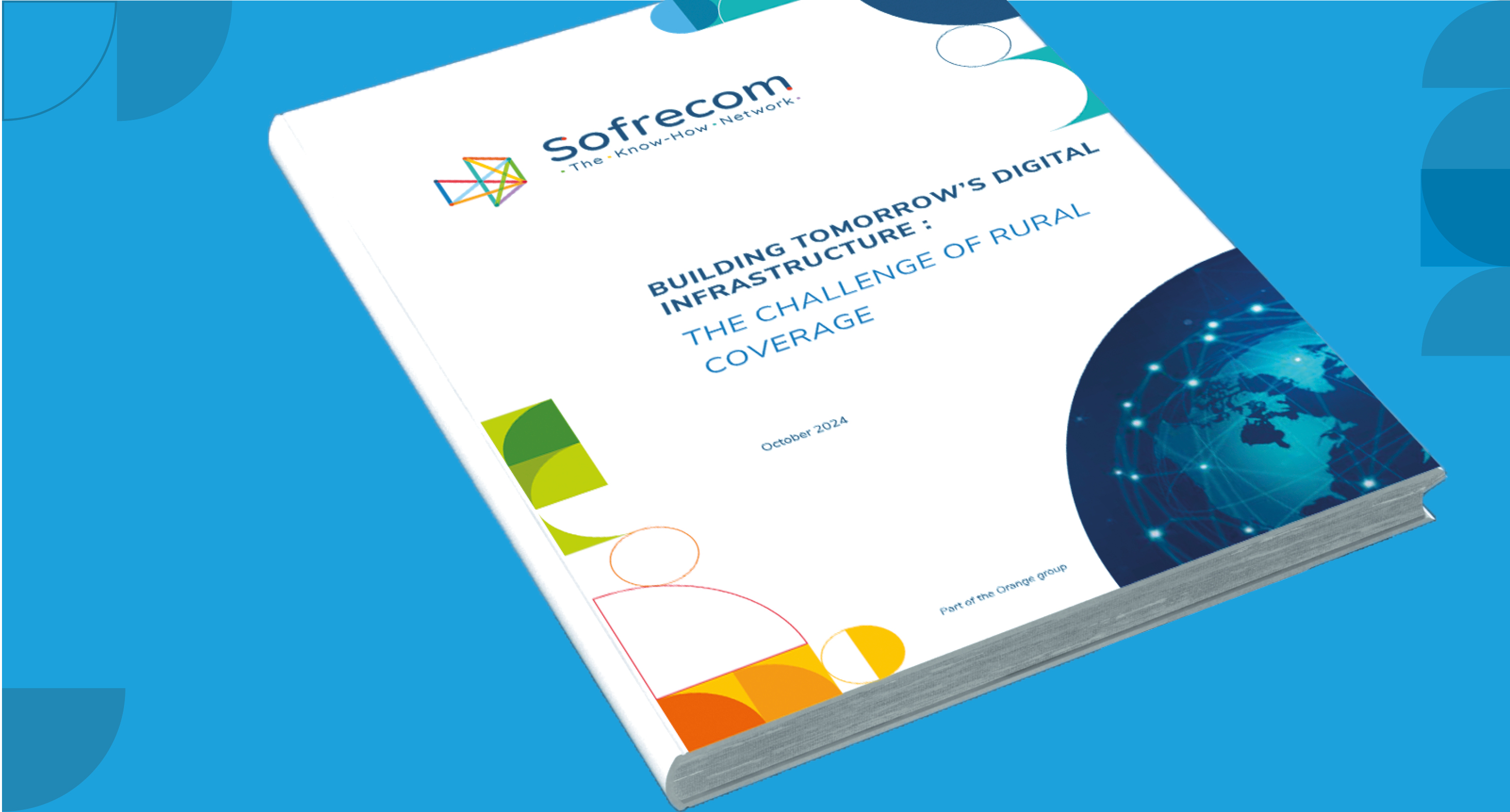
By outsourcing energy management to specialist companies, operators can reduce their operating costs and improve their energy efficiency.

In 2022, for the first time in 10 years, the number of people without access to electricity rose to 685 million, 10 million more than in 2021. The debt crisis, inflation and the global energy crisis are the main factors behind this decline, which mainly affects the African continent, slowing down economic and social development and business activity in isolated areas.
In Africa, telecoms operators are already operating in an environment where operating costs are high and network energy infrastructures are often absent or deficient. Today, 29 of the 54 African countries have an electrification rate of less than 60%. What's more, traditional electricity distribution networks will not be able to meet the growing demand for electricity to power telecoms networks (supply) or terminals (demand)
This article explores the challenges posed by energy, which is essential to the business of telecoms operators in Africa, as well as examples of the innovative technical and economic models that are emerging to meet them.
Off-grid and renewable energies
The critical nature of access to electricity on the African continent is driving social and economic development players to favour alternative, ‘off-grid’ methods, i.e. those that are not dependent on traditional grid infrastructures. A simple solar lantern can enable a person living in an area not covered by an electricity grid to use a mobile phone, have access to digital and financial services, and potentially contribute to the local economy. Solar energy has thus been singled out by the World Bank as the most effective way of reaching African populations with no access to electricity. However, beyond immediate access for communities, there is the issue of scaling up, which is necessary for any large-scale economic activity.
Telecoms operators operating in Africa face significant energy inefficiencies, consuming on average 0.24 kWh per GB of data generated in Africa compared with 0.17 kWh worldwide. This inefficiency is due in particular to the continued use of obsolete and more energy-intensive technologies such as 3G. In addition, electric generators - until now used to power base stations in the absence of a reliable network - expose operators to price fluctuations due to their dependence on diesel, making operating costs unpredictable. The transition to renewable energy sources is therefore essential to stabilise these costs in the long term, but this transition must be designed within efficient economic models that are attractive to investors.
Emerging business models
Originally, the ESCO (Energy Service Company) model
The primary need of operators is to electrify telecommunications towers. By outsourcing energy management to specialist companies, operators reduce their operating costs and improve their energy efficiency. ESCOs were therefore born out of this dual need on the part of operators to de-capexise and find sustainable solutions for supplying power to towers in areas not or poorly served by the traditional distribution system. They also make it possible to compensate for the volumes of energy consumed elsewhere in the world via the accounting systems that companies use on an international scale. ESCOs install renewable energy systems, such as solar panels, and guarantee a stable energy supply. They also reduce carbon emissions by 70-80% by renewing the sites of mobile network operators.
This model is available in different variants depending on the characteristics of the site and the needs of the operator.
ABC model (Anchor, Business, Community)
The ABC model involves setting up mini-grids in which telecoms operators act as "anchor customers". This ensures stable energy consumption, making the projects economically viable. This model has been successfully tested in countries such as Madagascar and the DRC, where operators work with energy suppliers to power not only their towers, but also the surrounding communities.
In this way, access to reliable power can drive the adoption of digital technologies, while the expansion of connectivity services into traditionally underserved areas can increase demand for electricity, creating a more profitable service model for energy providers.
Model power purchase agreement
The telecoms operator or energy supplier deploys solar farms connected to the grid, managed and operated by the ESCO. The energy generated is fed into the national energy supplier's grid, and the telecoms operator recovers the energy at the bottom of its towers. The MNO buys the land on which the solar farm is located, then leases it to the ESCO, which supplies energy to the MNO.
To be implemented, this model requires a favourable regulatory environment for energy transmission and net metering (enabling the recovery of injected energy).
NaaSCo model (Network as a Service Company)
The NaaSCo model is an extension of the ESCO model (some NaaSCOs were also companies specialising in the installation of active towers, having gradually added electricity to their offering), enabling operators to subcontract the entire network infrastructure to companies that manage the construction, operation and maintenance of the towers. This reduces initial investment costs for operators and allows greater flexibility in network deployment, particularly in rural areas.
Network operators have expressed a keen interest in the evolution of the ESCO model towards a NaasCO model, given the strong dependence of telecoms coverage on energy coverage.
Conclusion
While access to electricity remains an obstacle for millions of people, innovative models driven by the private sector offer promising solutions to overcome these difficulties. By integrating renewable energy sources and adopting off-grid approaches, telecoms operators can not only improve their energy efficiency, but also contribute to the economic development of the communities they serve. Collaboration between industry players and political decision-makers will be crucial in creating a favourable environment for the implementation of these models, enabling energy challenges to be transformed into levers for sustainable growth.






